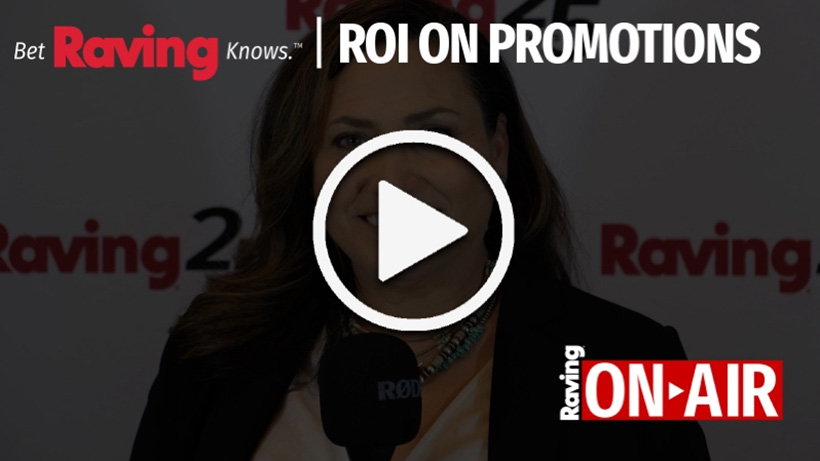Think of “ROI” as an “if we do this … we should expect this” scenario.
Campaigns and promotions fall into this category. If I launch a $100,000 major promotion with a definite start and stop date, I should expect a specific return on my $100,000. I’m using this to target a customer group, launch a new product or grab a specific area of market share. We can use a much more aggressive approach here because we’re talking to a larger audience and can create a greater sense of urgency and excitement with bigger prizes that anyone can win.
To project the ROI for this campaign, I use historical data to define the type of player I’m looking to reach. Based on this data, I know what I can expect from this type of player; now I just need to predict the number of players I need to bring in during the campaign to hit my expected return on investment. When the campaign ends, we don’t just pat ourselves on the back and say, “box checked, now on to the next promotion!”
The magic lies in what we do with the players that come in and participate in this campaign. We will get a considerable number of new members into our loyalty program and they should seamlessly fall into our existing new member program via direct marketing. We may also see some defected or declined players that participated, and they would fall into our defective or declined program via direct marketing. The remaining players will be in our active database and should be strongly based in our loyalty program.
Now think of “Reinvestment” as a “when they do this … we will give this” scenario.
Reinvestment is the delivery of our promise to our players. When our players participate in our loyalty program at specific levels, we reward them. I define loyalty program perks as “published” rewards. These are not “one and done” programs that we change monthly or even yearly. Our players can count on these rewards come rain or shine when they consistently use their cards and play at specific levels. The program perks can grow into the fantastic world of player development where the velvet ropes are removed, and our best players receive the jazziest rewards in return for their loyalty to us.
We watch our reinvestment percentages so closely because we are delivering on a promise that must be sustainable for the long run and hinges on our players’ trust and confidence as well as their positive perceived value of the rewards, they receive from us. If they don’t value our rewards, our carded play percentages plummet. This is a strong indicator that our reinvestment percentages are off.
What does all this mean in relation to my budget?
ROIs are needed so we can develop the “one and done” promotions and campaigns that feed our database and grow our market share. Here is where we can be innovative and nimble because we’re making a splash to achieve results. What we do with the results is up to us and how quickly we can leverage the momentum into our loyalty program. We can build these promotions and campaigns into our marketing budget with established ROI projections that will not jeopardize our reinvestment percentages.
Managing our loyalty program rewards, perks and benefits are critical to maintaining reinvestment percentages that sustain our business.
I know I make it sound so simple because it is simple. When you put the work into building a bullet-proof budget … you will have a killer tool to manage your business.

Want more information on strategic marketing planning, developing a loyalty club program, or do you need to take a look at your current reinvestment strategy? Reach out to Raving today to talk about a custom program or training that works for your organization.




